The statue symbolizes the saying “two sides of the same coin”.
The ten-pound statue
The statue of King Khafre is considered one of the masterpieces of sculpture and one of the unique artefacts in the Egyptian Museum.
This statue dates back to the fourth dynasty of ancient Egyptian history. It was carved during the reign of King Khafre. Archaeologist Mariette found it in a hole called the Well Hole in the Valley Temple of the King in Giza.
It was made of green diorite, which is one of the hardest stones that a person can use to carve a statue, and with this accuracy in showing the features and details.
The statue here depicts the king sitting on a seat with a backrest in an official pose and wearing a kilt at the bottom and on his head a nemes (headdress) and a false beard. He puts both hands on his feet and holds in his right hand a piece of leopard skin or a document of the legality of his seat on the throne and the left hand outstretched on the throne. The artist’s ingenuity appears here in sculpting the details of the abdomen, chest, arms and feet, especially in the facial features that show a slight smile.
One of the technical miracles here in the statue is the presence of the falcon Horus behind the head of the king. It cannot be seen from the first look of the statue but must be viewed from the sides or the back.
Hence the meaning of the saying “two sides of the same coin,” and this is because during the old state, when the king took the throne, he became the god on earth, and the artist depicts the falcon here protecting the king with his wings.
Another opinion says that the artist placed Horus to protect the head of the statue from falling.
Egypt Magic – The statue symbolizes the saying “two sides of the same coin”. The ten-pound statue
July 15, 2021
0 comment

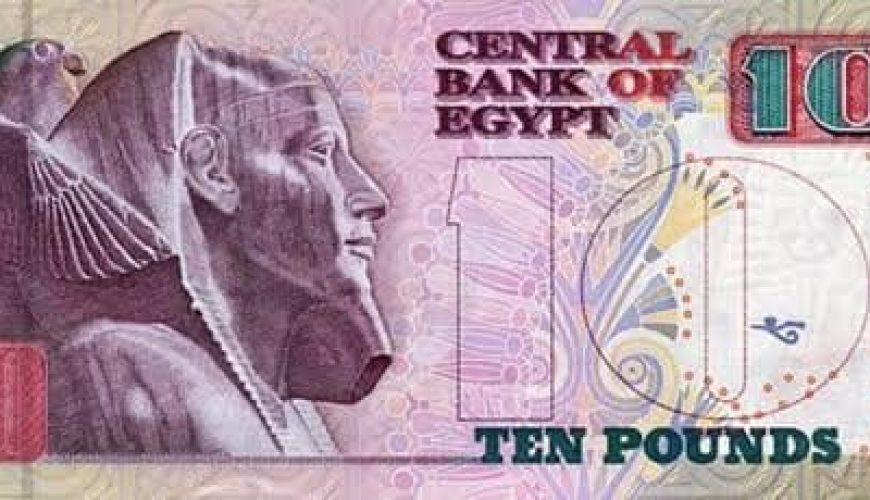
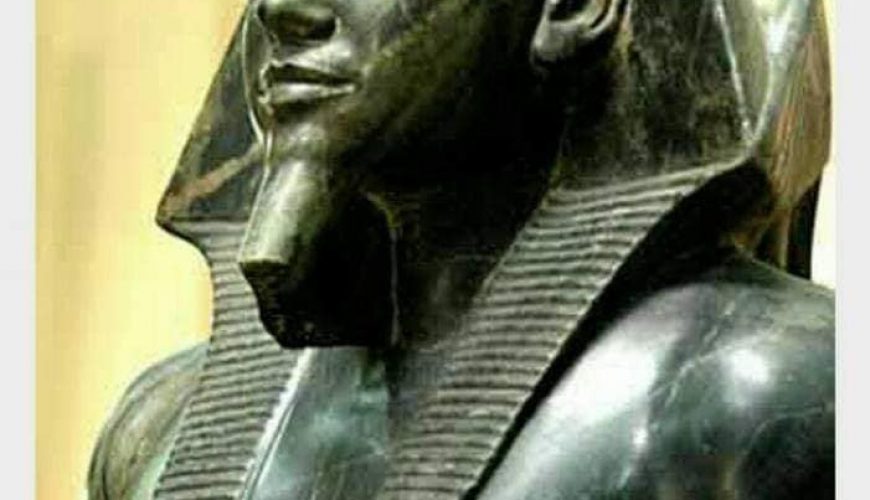
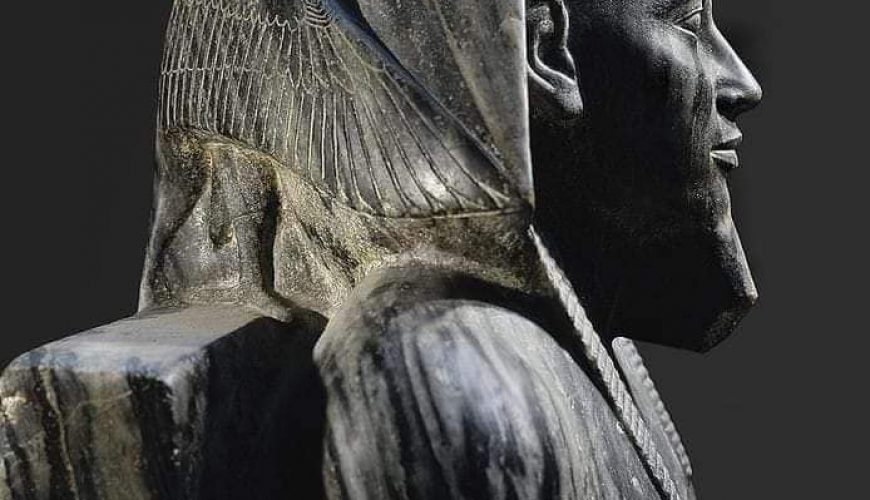
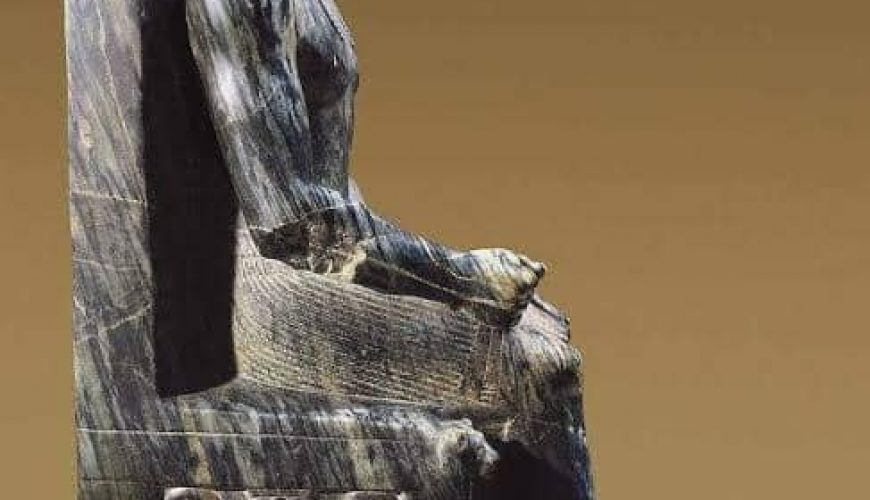
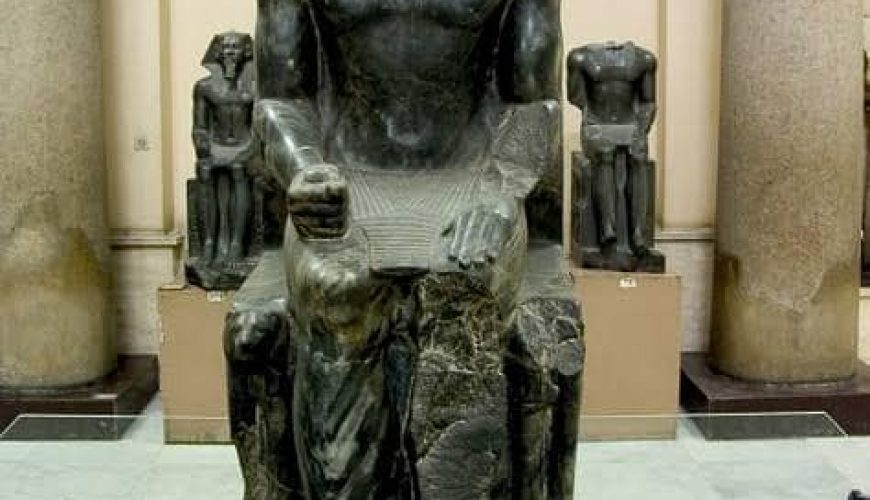
Comment (0)